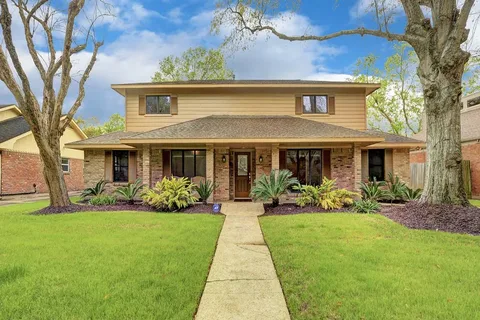Embracing Technology in Home Construction: Cutting-Edge Innovations Revolutionising the Industry
As the world continues to evolve and progress, so does the construction industry. In recent years, there has been a significant shift towards embracing technology in home construction by Classic home builders in auckland, leading to a wave of cutting-edge innovations that are revolutionising the way homes are designed, built, and lived in.
This article explores the exciting advancements that are transforming the industry, offering a glimpse into a future where homes are smarter, safer, more sustainable, and built with unprecedented efficiency.
Benefits of Embracing Technology in Home Construction
In the ever-evolving landscape of home construction, embracing technology is no longer a choice but a necessity. The benefits of incorporating cutting-edge innovations into the industry are boundless, revolutionising the way we build and live in our homes.
Firstly, by embracing technology in home construction, we can achieve faster and more efficient builds. Take 3D printing, for instance. This groundbreaking technique allows for the creation of complex building components with unrivaled precision. By eliminating traditional labour-intensive processes and reducing material waste, 3D printing not only speeds up construction timelines but also significantly cuts costs.
Utilising 3D Printing for Faster and More Efficient Builds
The advent of 3D printing technology has undoubtedly revolutionised the field of home construction. This groundbreaking innovation allows builders to create intricate and complex structures with unparalleled precision.
By using computer-aided design (CAD) software, architects can develop digital blueprints that are then translated into physical objects through layer-by-layer printing. This process not only reduces the time required for construction but also minimises material waste, making it an environmentally friendly option.
One of the remarkable advantages of 3D printing in home construction is its ability to fabricate components off-site. This means that walls, floors, and even entire buildings can be produced in a controlled factory setting, ensuring consistent quality while avoiding weather-related delays.
These pre-fabricated elements are then transported to the construction site where they are assembled with utmost efficiency. Consequently, home builders Auckland streamlined approach significantly reduces labour costs and allows for faster project completion.
The Role of Augmented Reality in Design and Visualisation
Augmented reality (AR) has emerged as a powerful tool in the realm of home construction, revolutionising the way we visualise and design our living spaces. By seamlessly blending virtual elements with real-world surroundings, AR enables architects, designers, and homeowners to envision their projects in stunning detail. Imagine being able to walk through a virtual representation of your dream home before it is even built, experiencing each room's layout, colours, textures, and lighting.
With AR technology, intricate design decisions can be made with greater precision. Want to see how different furniture arrangements would look in your living room? Simply place virtual objects within the physical space using an AR app on your smartphone or tablet. This technology not only saves time but also empowers homeowners to personalise their living spaces according to their unique tastes and preferences.
Advancements in Sustainable and Green Building Technologies
In the realm of sustainable and green building technologies, innovation has taken center stage, promising a brighter future for both homeowners and the environment. Architects and engineers are now integrating cutting-edge methods to reduce carbon footprints while maintaining comfort and functionality in homes.
One such advancement is the integration of passive solar design principles. By strategically positioning windows to maximise natural light and heat gain during winter months, homes can significantly reduce their reliance on artificial lighting and heating systems. Additionally, the use of energy-efficient materials such as insulation made from recycled materials or low-emissivity glass contributes to reducing energy consumption.
Enhancing Safety with Drones and Artificial Intelligence
The integration of drones and artificial intelligence (AI) in the realm of home construction has ushered in a new era of safety and efficiency. Drones equipped with high-resolution cameras, thermal imaging technology, and LiDAR sensors can be used to conduct aerial inspections of construction sites, identifying potential hazards or structural issues that may not be easily visible from the ground. This allows for timely interventions, reducing the risk of accidents and ensuring the safety of workers.
Moreover, AI-powered algorithms can analyse data collected by drones to detect patterns or anomalies that might indicate safety concerns.
The incorporation of drones and AI in enhancing safety not only protects workers but also streamlines project timelines. By identifying potential issues early on, construction teams can address them promptly without causing delays or interruptions in the build process. This combination of technology not only ensures a safe working environment but also contributes to increased productivity and overall project success.
Conclusion
In the grand tapestry of the ever-evolving home construction industry, the seamless integration of cutting-edge technology has undeniably woven a vibrant thread. The home builders Auckland are utilising the transformative potential of embracing technology. With each innovation and breakthrough comes the promise of safer, more efficient builds that can withstand the test of time while minimising our environmental impact.



Comments
Post a Comment